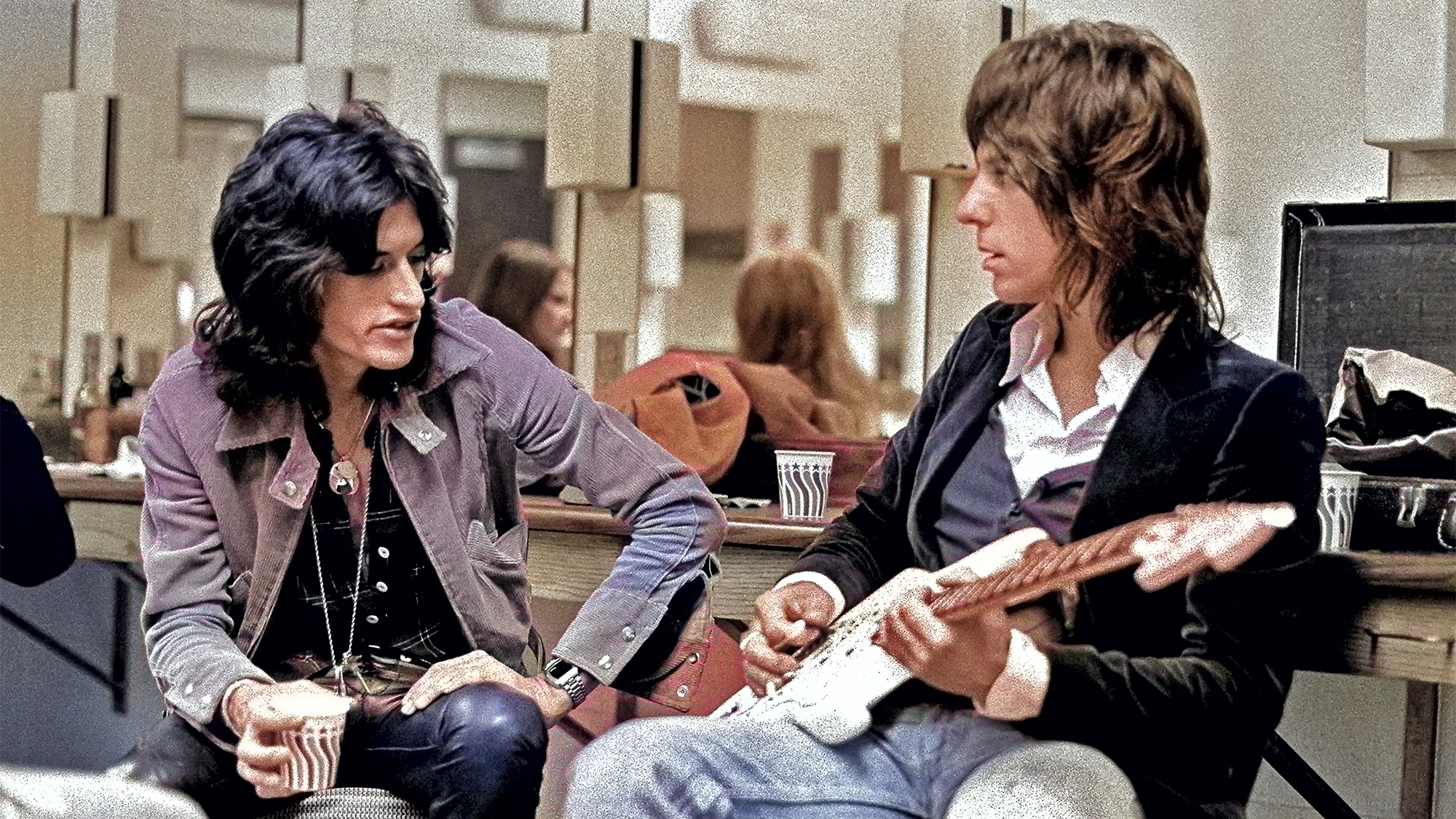“Eric Clapton played it and was just fascinated. He said, ‘I haven’t seen this guitar since we made Layla.’” Warren Haynes on his 12-string Les Paul and playing the iconic guitars of Jeff Beck, Jimi Hendrix and Duane Allman
Haynes has been playing some interesting guitars as of late — his own and those of other famous players
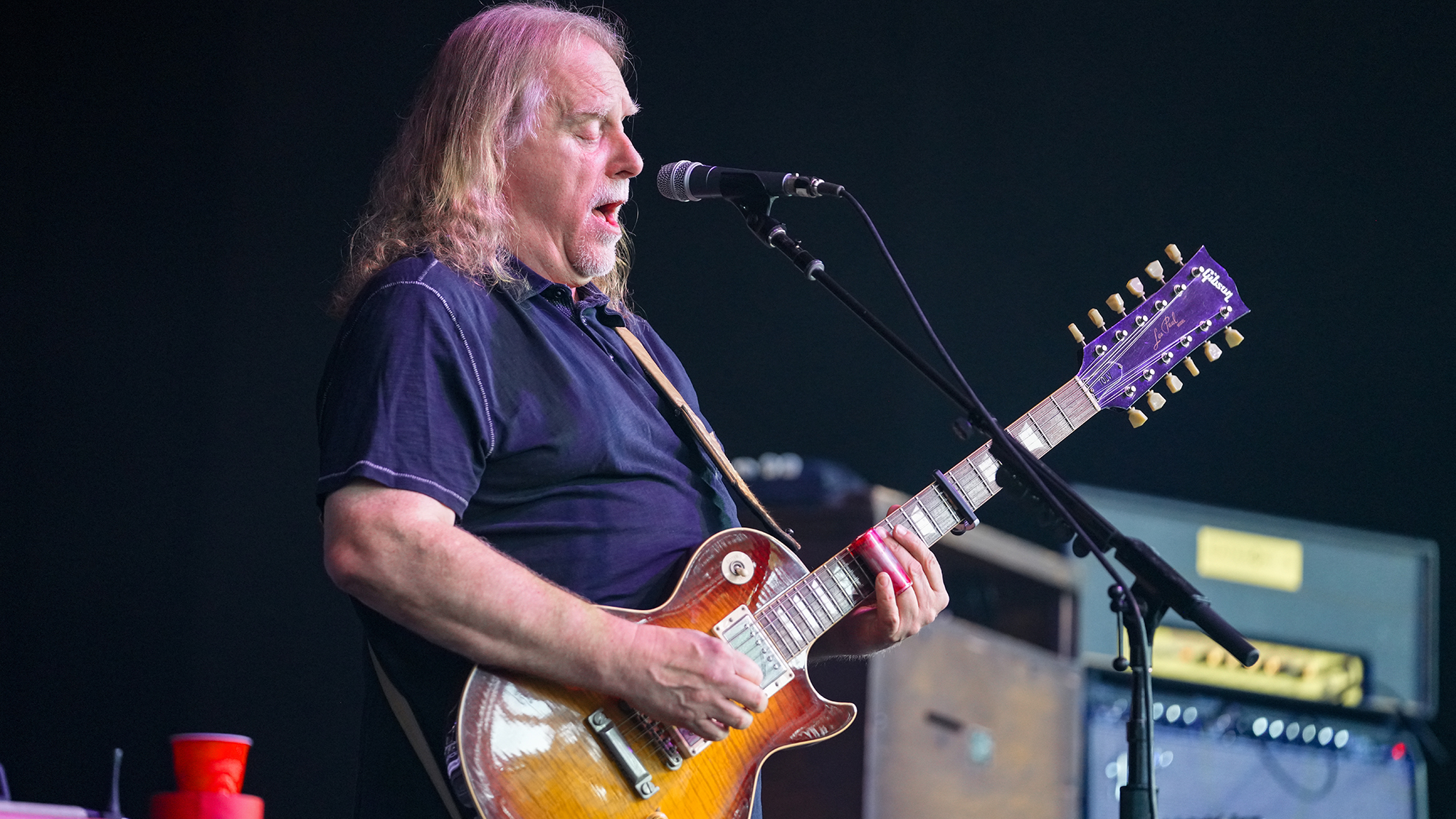
The Gibson Les Paul has been a mainstay of Warren Haynes’ guitar arsenal since his days as a fledgling player in his native Asheville, North Carolina.
And it’s partly thanks to Haynes that the company has a Les Paul 12-string in its catalog. The model dates back to approximately 1990, when Haynes was performing at the Ryman Auditorium in Nashville.
“Rick Gembar, who was head of the Gibson Custom Shop at that time, was at the show and sitting next to one of his employees,” Haynes tells Guitar Player. “I played an Epiphone 12-string — it was a 335 shape, not even a Les Paul — and Rick turned to his employee and said, ‘Uh, what the hell is Warren doing playing an Epiphone?!’ kind of half-joking.
“The guy with him, also half-jokingly, answered, ‘Well, we don’t make a 12-string Les Paul.’ And Rick said, ‘We do now!’
“They came backstage and Rick walked straight to me and said, ‘Warren, if you’ll put that Epiphone away, I’ll build you a 12-string Les Paul.’ And I said, ‘You got a deal!’”
Gibson handed over a pair of the guitars to Warren in 1990. In 2012, more than 20 years later, the company finally added the model to its lineup.
“I think they only made two of them for a long time, so that conversation turned into me having a one-of-a-kind — or two-of-a-kind — instrument,” Haynes explains.
All the latest guitar news, interviews, lessons, reviews, deals and more, direct to your inbox!
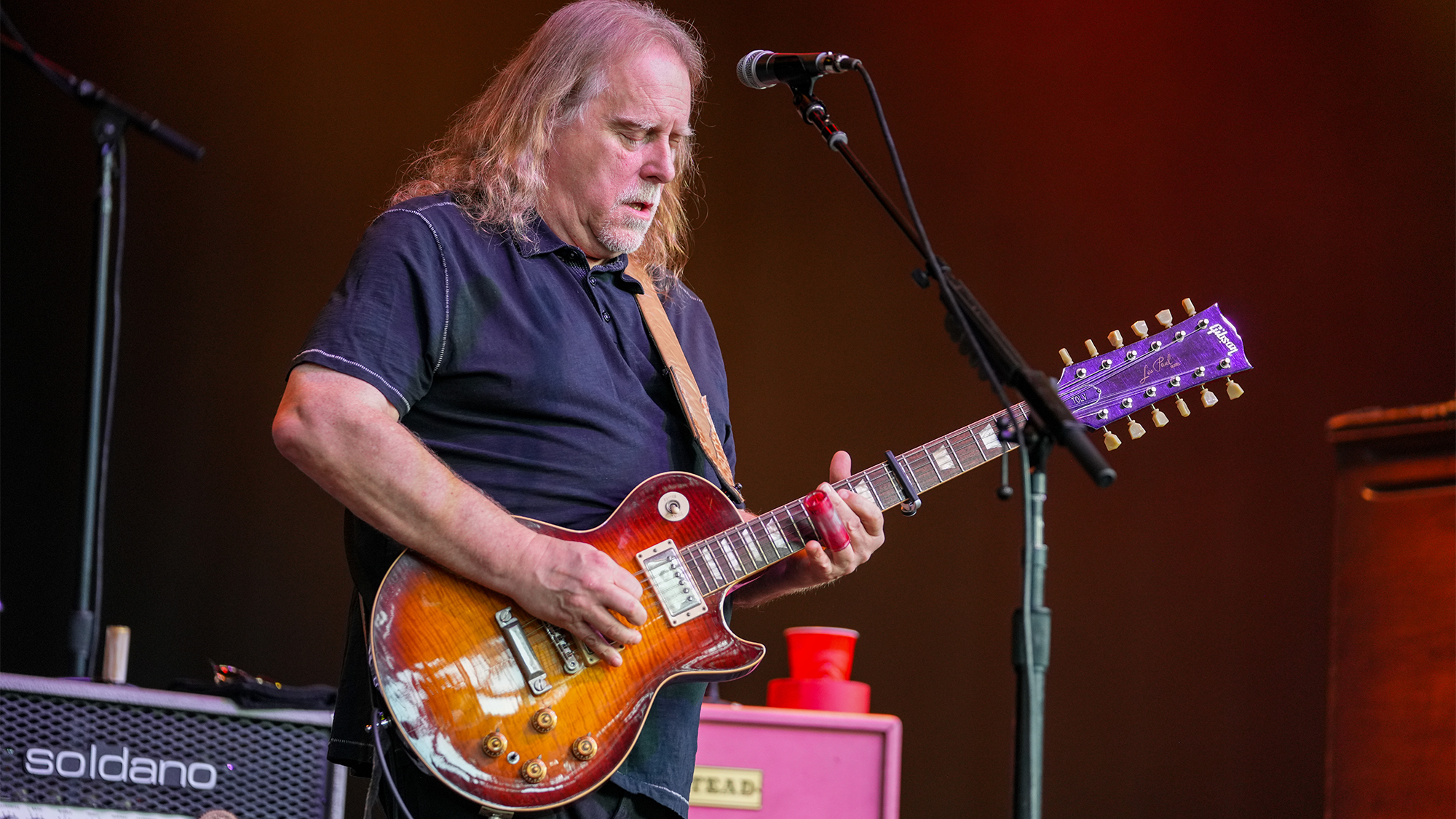
Differentiating Haynes’ 12-string from the mass-production model, he says, is that “the headstock is enormous, and in return it’s fairly heavy.” But like any of those instruments, he notes, it has a unique sound from others.
“Most 12-strings are a little airier, or brighter,” Haynes explains. “Twelve-strings in general are designed to get that kind of shimmery sound, like the Rickenbackers or the Epiphones, which is great. Having a 12-string Les Paul, you get that thick, chunky Les Paul sound. And so to offset that a bit, there’s a coil-tap switch for the pickups that turns them into single-coils and makes it a little brighter, if you want that sound.
The guy with him said, ‘Well, we don’t make a 12-string Les Paul.’ And Rick said, ‘We do now!’”
— Warren Haynes
“I use the brighter setting quite a bit, but I also use the chunkier setting. It’s more like a throaty sound— bluesier and heavier.”
Haynes used the 12-string to record Gov’t Mule’s “Railroad Boy” and “So Weak, So Strong,” among others. These days, he says, he keeps it “in the truck” whenever he hits the road.
“I play it every now and then,” he notes, “but not a ton, because the set’s different each night. It’s there for when we need it, and I really enjoy playing it. And everybody that’s played it really loves it.”
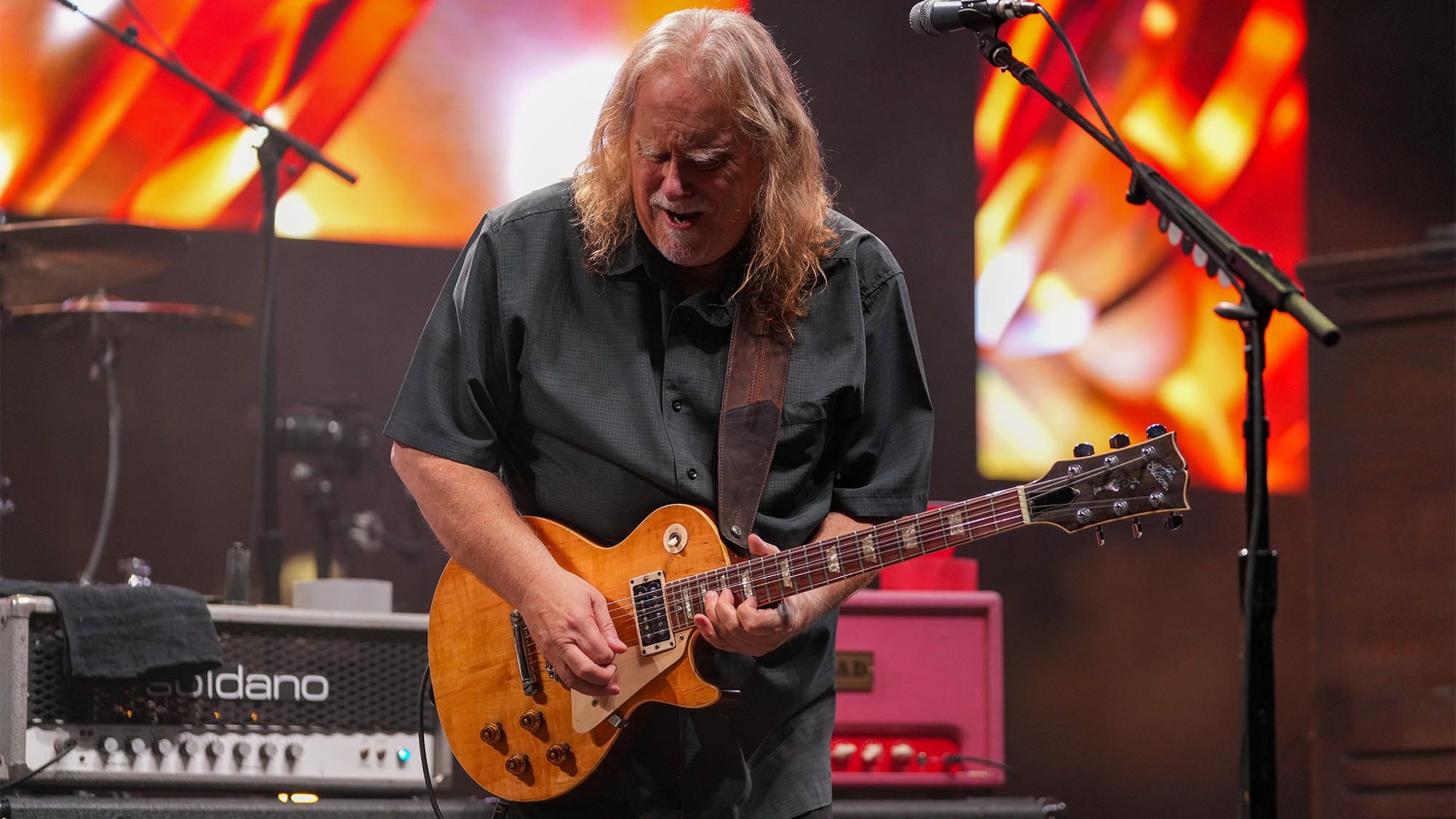
Through a career that’s included the Allman Brothers Band, Gov’t Mule and his own projects, Haynes has never been short of interesting electric guitars to play — his own and others’.
“It’s cool to play some of these different instruments,” he acknowledges. “I’ve played a bunch of iconic guitars here and there, and there’s something there that’s different and inspiring. They all have unique sounds that inspire you to play differently, which is always a nice challenge. Just to have that opportunity is very cool.”
Haynes outdid himself, in a way, when Gov’t Mule — teamed with the Tedeschi Trucks Band — played in Chicago recently, on September 9. The night before the show, he visited Timeless Gem Studios to sample some of its collection and wound up taking Jeff Beck’s 1959 “Yardburst” Les Paul to the venue for a rendition of “Freeway Jam,” as well as Doug Irwin’s #24, which he used for “Ruby.”
They told me Beck took the original pickups out and replaced them with ’60s pickups, so it sounds different than a normal ’59.”
— Warren Haynes
“I really loved playing it,” Haynes says of the Beck guitar. “There’s some serious energy in that guitar. They told me that Beck apparently took the original pickups out, which in hindsight would’ve been PAFs, and replaced them with ’60s pickups, so it sounds different than a normal ’59 largely due to that.
“Back then,” he continues, “nobody knew that those guitars were going to be worth a fortune, so people were just making changes based on what they were hearing and what they wanted it to sound like. I guess he was looking for a little different sounds. The ’60s pickups probably have a little more aggressive midrange or something. Usually the ’57, ’58, ’59 pickups are pretty smooth-sounding and beautiful, so maybe he was looking for something a little different.”
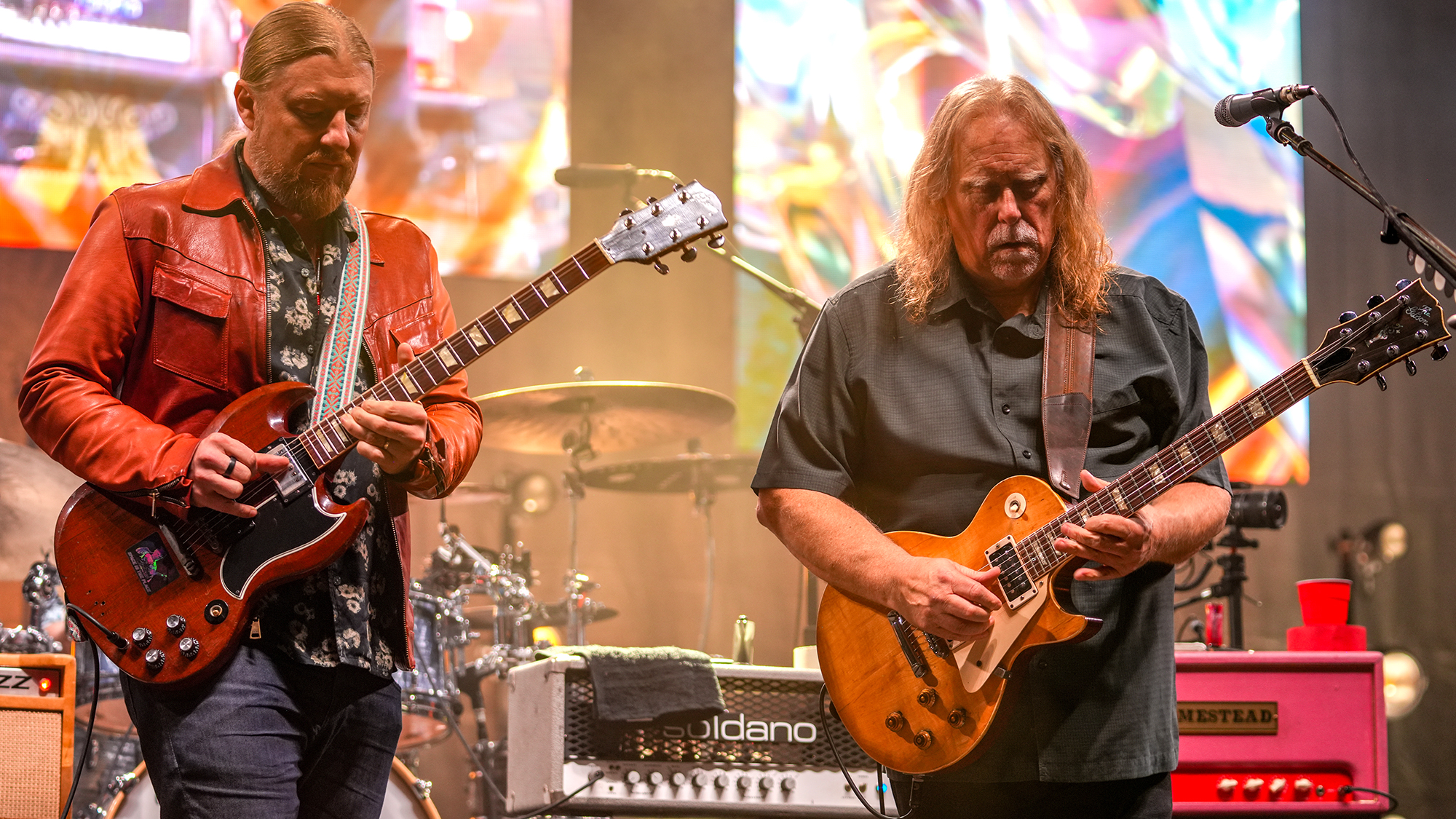
The Irwin guitar, meanwhile, was not one of those ever owned by Jerry Garcia but did serve as a prototype for the iconic Tiger, Wolf and Rosebud that came in its wake.
“It was on its way to being similar to Tiger, but not there yet,” Haynes says. “I don’t mean as far as quality or good or bad. Some of the main elements that made Tiger had not been established yet.
“I played the actual Tiger at one of my symphonic shows, at Red Rocks. It’s a fantastic instrument. I also played Wolf on a whole tour, which was fantastic.
“Those guitars instantly sound like Jerry Garcia — they put you one step closer to that sound. Whatever they did in designing those guitars to work for him became just an iconic thing.”
The #24, Haynes adds, “was still a little bit more like a Gibson, so it was kind of like in between a Gibson and Tiger. It still has some of that chunky, meaty Gibson sound, but it also had some of that high-fidelity kind of Garcia-esque Tiger sound as well.”
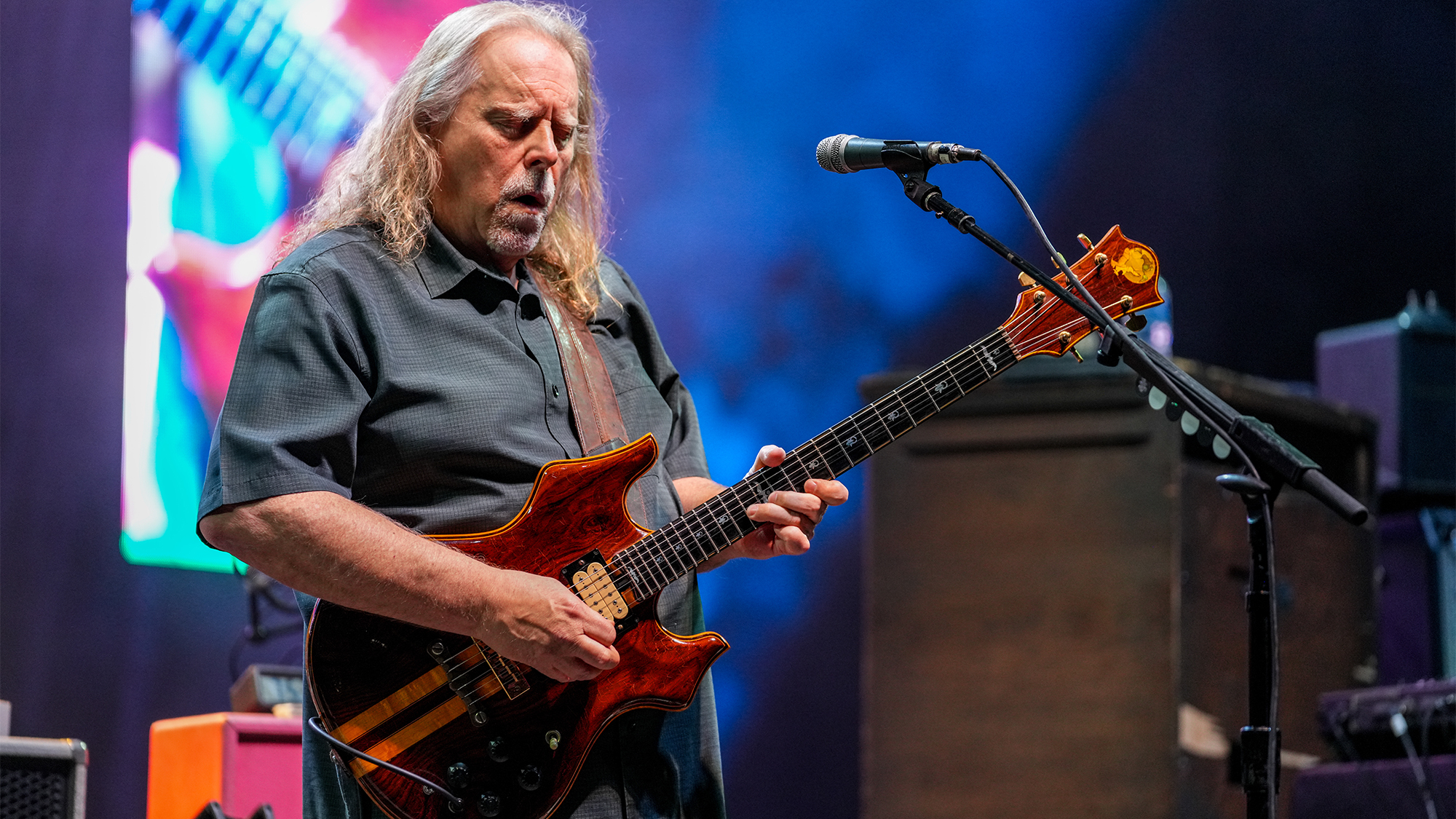
The Chicago experiences add to Haynes’ formidable checklist, which is likely to only grow over the years. Among his other greatest memories are playing Eric Clapton’s Fool SG from his Cream days, as well as a Jimi Hendrix Fender Stratocaster the guitarist gave to producer Al Kooper, which now resides with a collector in Japan who brought it to a show for Haynes to play. Haynes calls it “a beautiful-sounding guitar.”
And then there’s the litany of vintage Allman Brothers axes that both he and Derek Trucks have had access to over the years. They include the Les Paul goldtop that Dickey Betts stripped and painted red, and the 1957 goldtop Duane Allman played on Derek and the Dominos’ Layla and Other Assorted Love Songs album that was brought to the Allmans’ performance at Clapton’s Crossroads Guitar Festival during 2013 at Madison Square Garden in New York.
I walked back into Eric’s dressing room to show it to him, and he said, ‘Wow, is that a replica of Duane’s old guitar?’”
— Warren Haynes
“It had a bite and this midrange that was different than a lot of them. It was very aggressive,” Haynes reports. “I walked back into Eric’s dressing room to show it to him, and he turned around and said, ‘Wow, is that a replica of Duane’s old guitar?’ and Derek said, ‘No, this is Duane’s guitar.’ And Eric played it and was just fascinated. He said, ‘I haven’t seen this guitar since we made Layla.’”
“They all sound different and they all have a unique thing about them. All those guitars from that time period did sound a little different, and they all sound unique — mostly great. Occasionally you hear one that doesn’t sound great, but not very often. Mostly those eras’ guitars sound fantastic.”
Gary Graff is an award-winning Detroit-based music journalist and author who writes for a variety of print, online and broadcast outlets. He has written and collaborated on books about Alice Cooper, Neil Young, Bob Seger, Bruce Springsteen and Rock 'n' Roll Myths. He's also the founding editor of the award-winning MusicHound Essential Album Guide series and of the new 501 Essential Albums series. Graff is also a co-founder and co-producer of the annual Detroit Music Awards.

